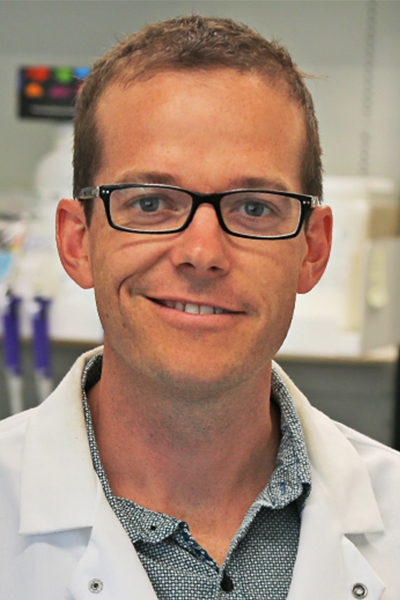A change in diet is proving to be a key tool in the reversal of Type 2 diabetes.
A team of researchers from UBC, including CHÉOS Clinical Trials Program Head Dr. Joel Singer, and England’s Teesside University have published a study showing that people can effectively control their Type 2 diabetes through diet and pharmacists are well-positioned to supervise the transition.
The research, published this week in Nature Communications, was part of a 12-week study involving a specialized diet that was managed by local pharmacists. Study participants, all living with Type 2 diabetes, were given a meal plan of low calorie, low carbohydrate, higher protein foods and they checked in regularly with their pharmacist who could monitor their medications.

“Type 2 diabetes can be treated, and sometimes reversed, with dietary interventions,” says study co-author Dr. Jonathan Little. “However, we needed a strategy to help people implement these interventions while keeping an eye on their medication changes.”
Pharmacists are generally more accessible than a family doctor, says Little, noting that people with Type 2 diabetes often make more visits a year to their pharmacist than their doctor. This is especially true in rural areas.
“Community pharmacists have expertise in medication management and can serve an important role in overall diabetes care,” says Dr. Little, an associate professor in UBC Okanagan’s School of Health and Exercise Sciences. “When Type 2 diabetes patients follow a very low-carbohydrate or low-calorie diet, there is a need to reduce or eliminate glucose-lowering medications. Community pharmacists are ideally positioned to safely and effectively deliver interventions targeted at reducing diabetes medications while promoting Type 2 diabetes remission.”
Half of the participants in the study followed the low-calorie, low-carbohydrate, higher-protein diet, checking regularly with their pharmacist. After 12 weeks, more than one-third of participants with Type 2 diabetes were off all diabetes medications, versus none in the control group. Dr. Little also says the first group also noted substantial improvements to their glucose control, average body weight, systolic blood pressure and overall health.
Co-investigator Dr. Alan Batterham, professor in the School of Health and Life Sciences at Teesside University, says the key was a targeted nutritional approach, supervised by a community pharmacist who can monitor prescribed medications.

“The intervention was effective in reducing the need for glucose-lowering medications for many in our study,” says Dr. Batterham. “This indicates that community pharmacists are a viable and innovative option for implementing short-term nutritional interventions for people with Type 2 diabetes, particularly when medication management is a safety concern.”
The research was a collaboration with Pharmasave, the not-for-profit Institute for Personalized Therapeutic Nutrition, Teesside University, along with UBC’s School of Health and Exercise Sciences, Life Sciences Institute and CHÉOS. Food products were provided in-kind to pharmacies by Ideal Protein. The study was partially funded by Mitacs with salary support provided to Dr. Little from the Canadian Institutes for Health Research and the Michael Smith Foundation for Health Research.
This study is part of an ongoing collaboration between CHÉOS and researchers at UBC Okanagan. This story originally appeared on UBC Okanagan News.



